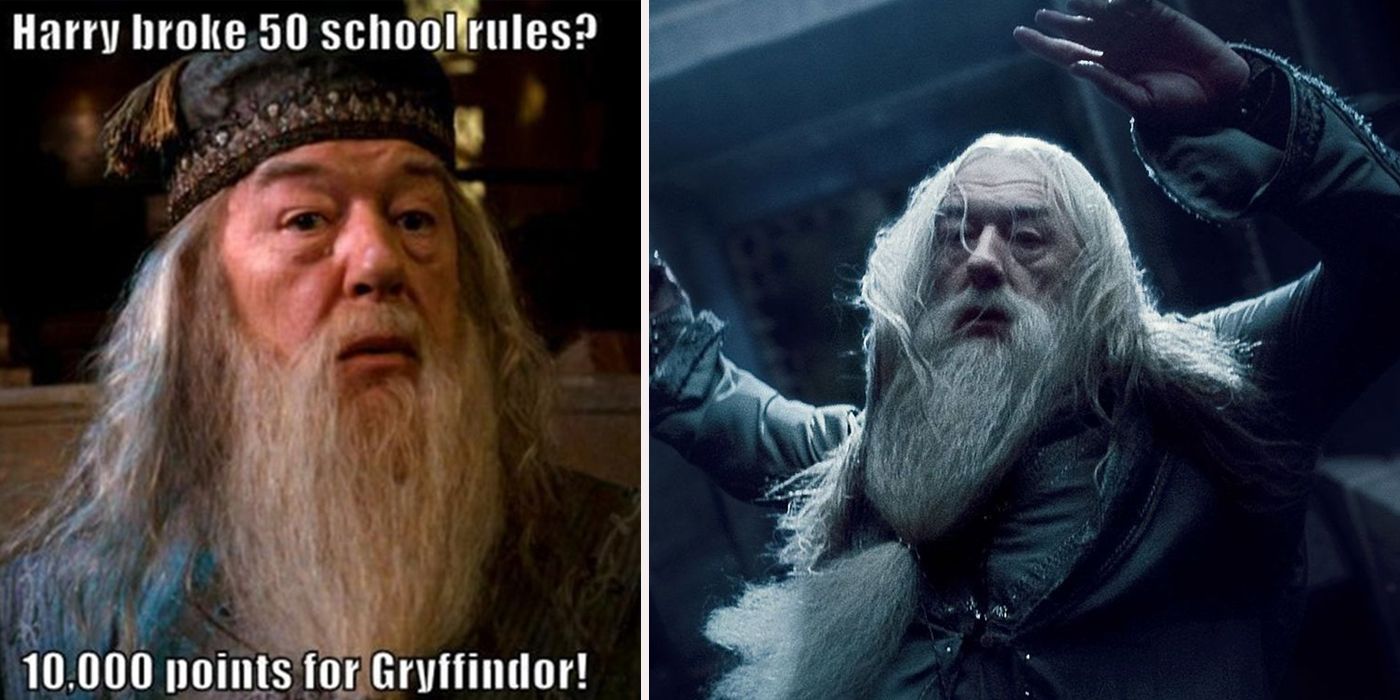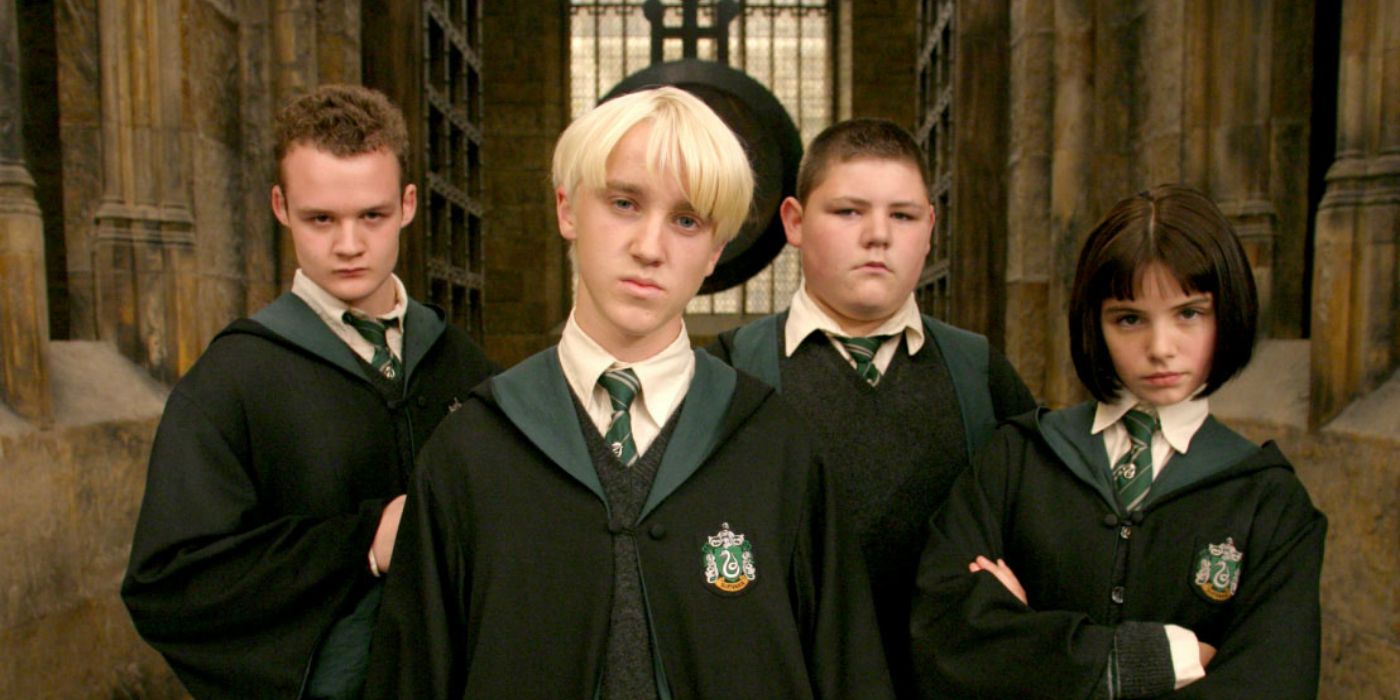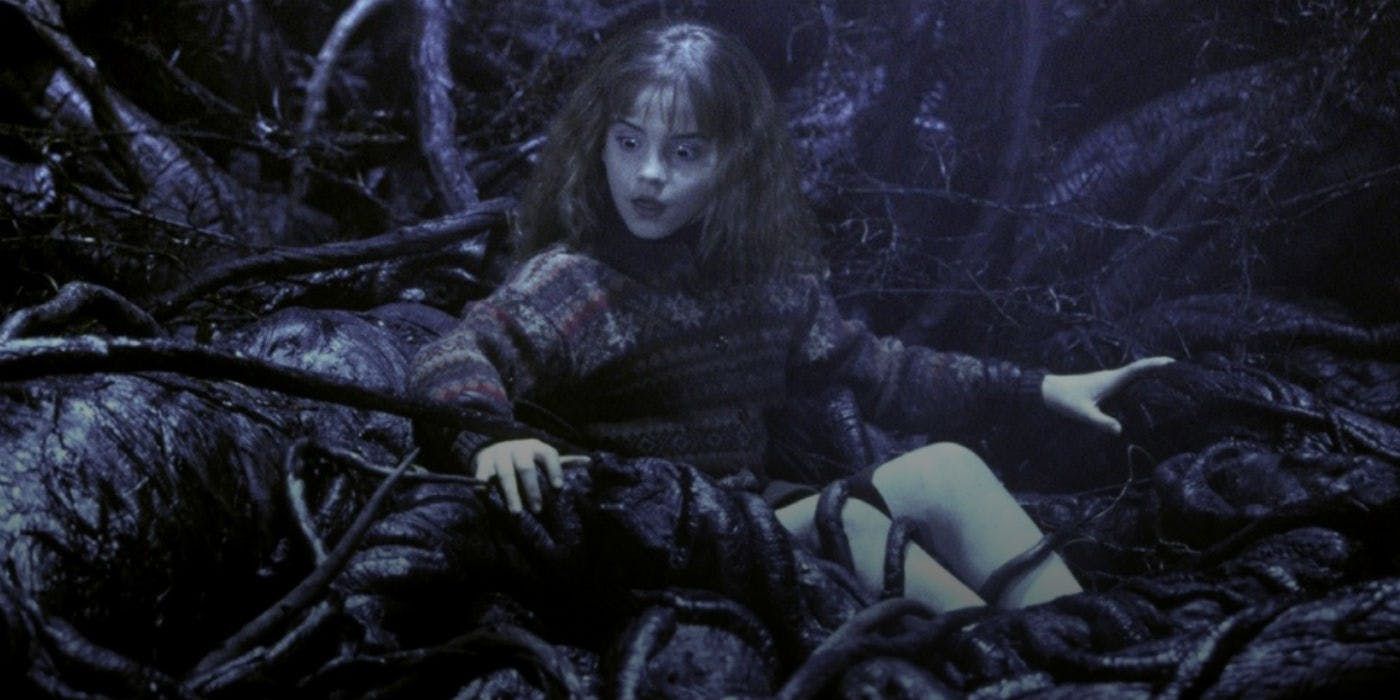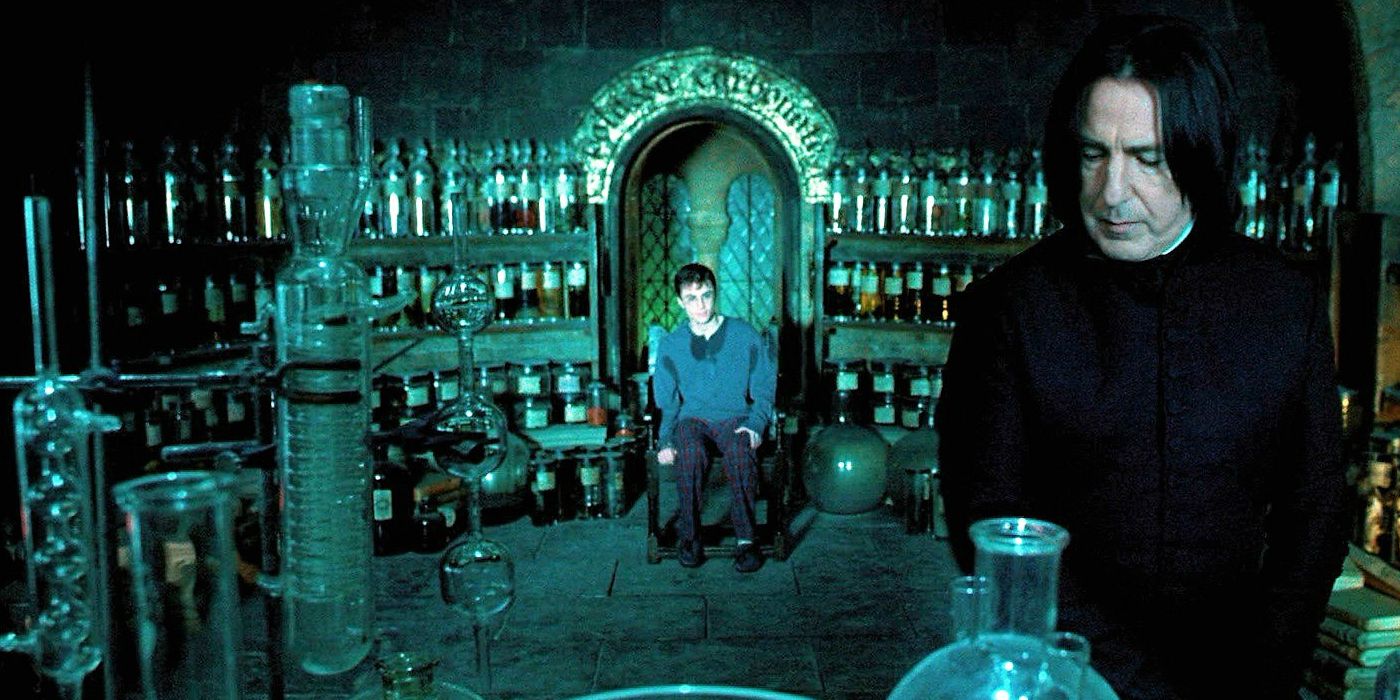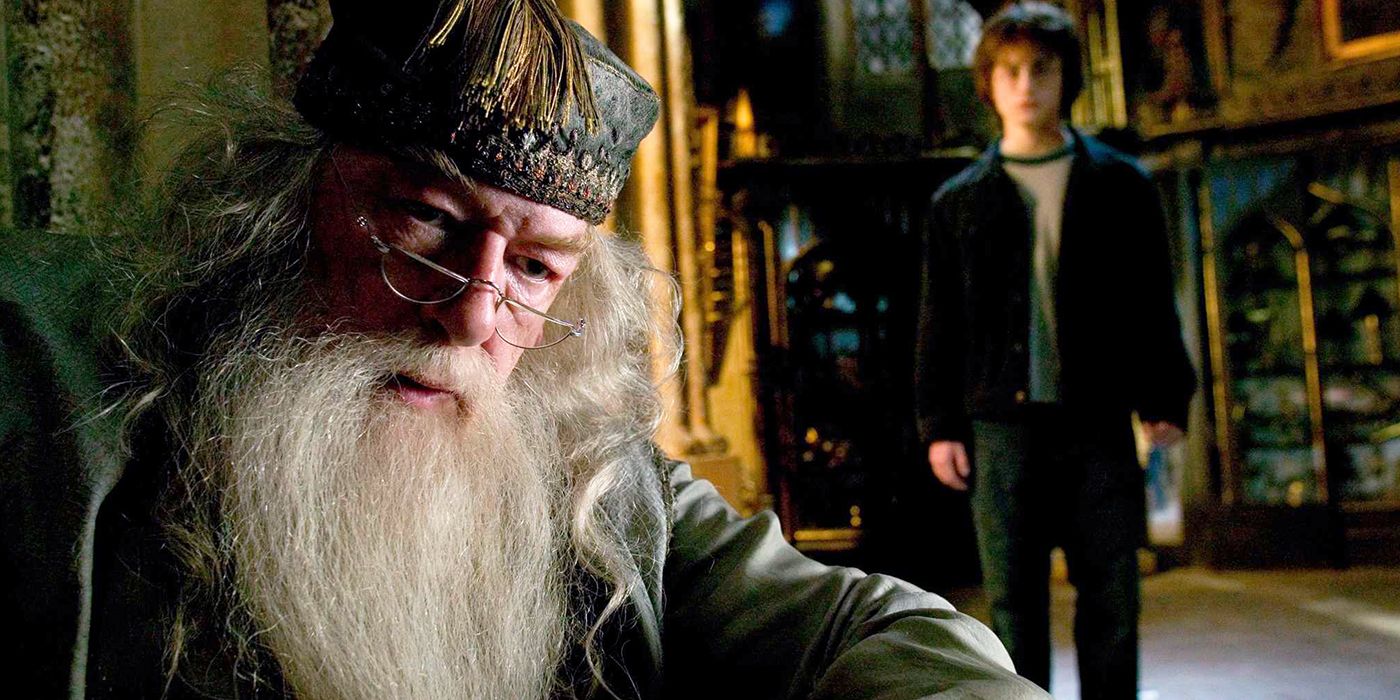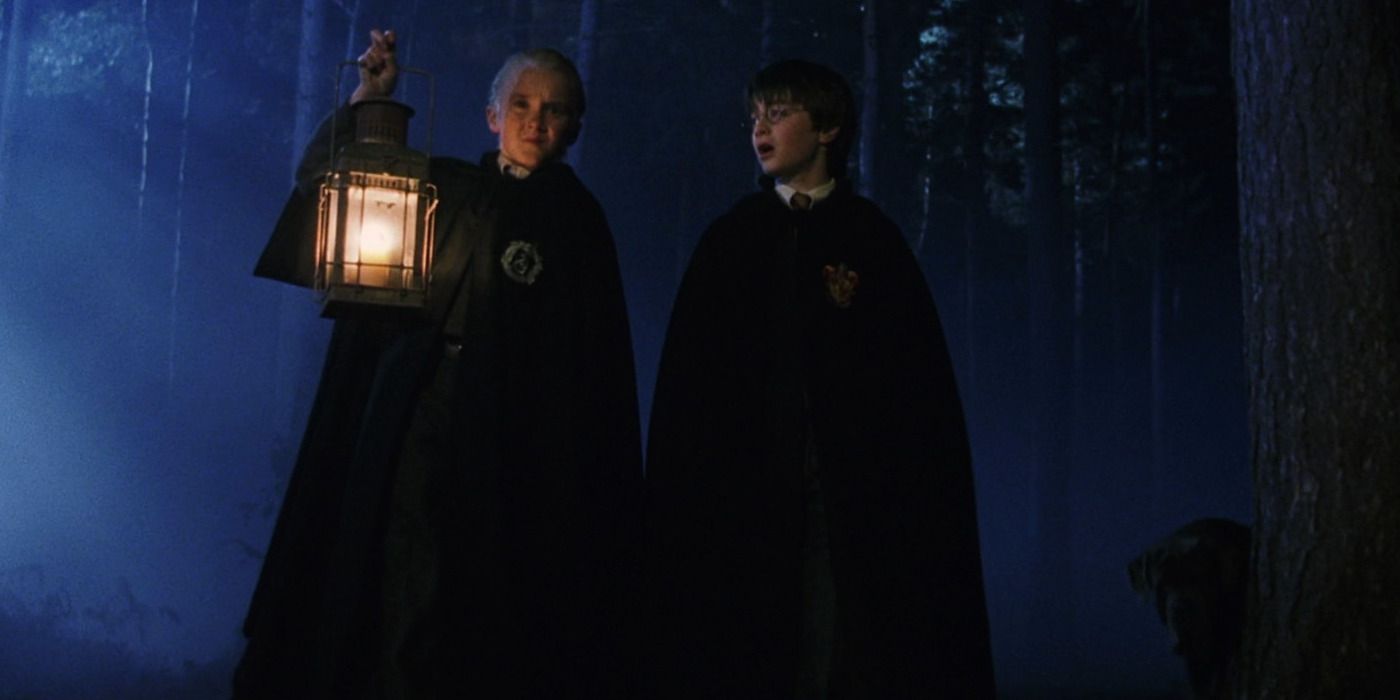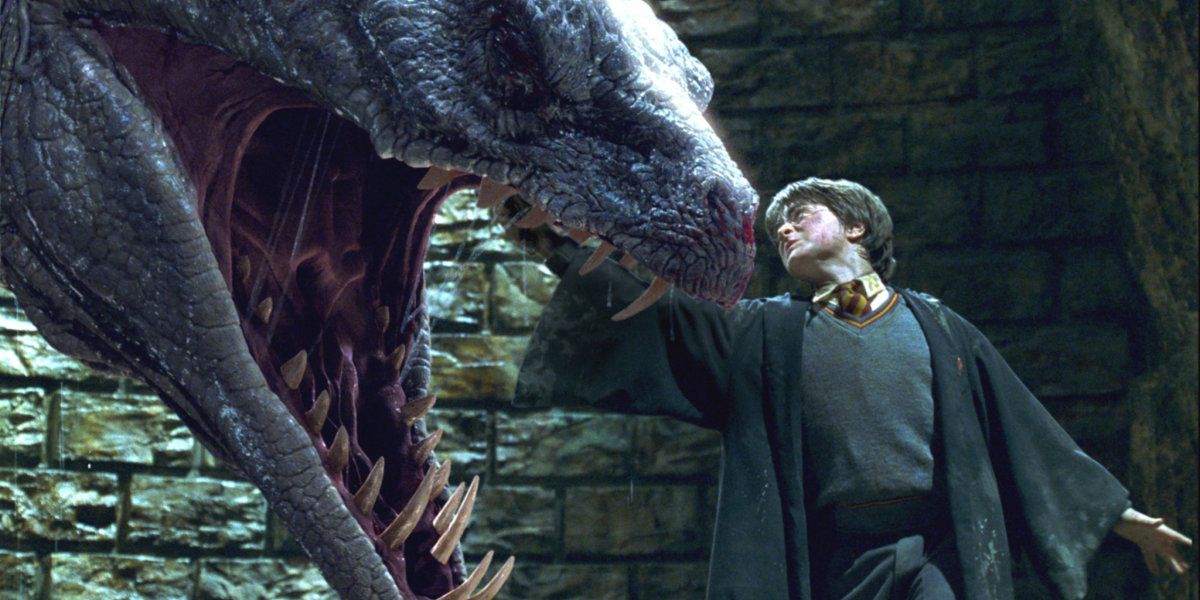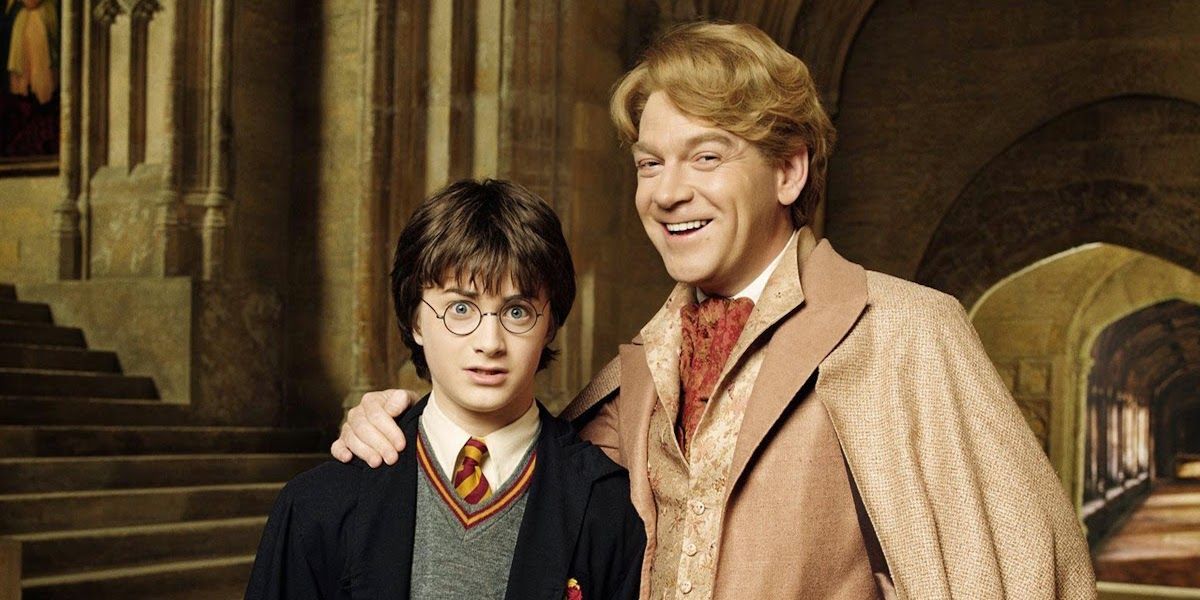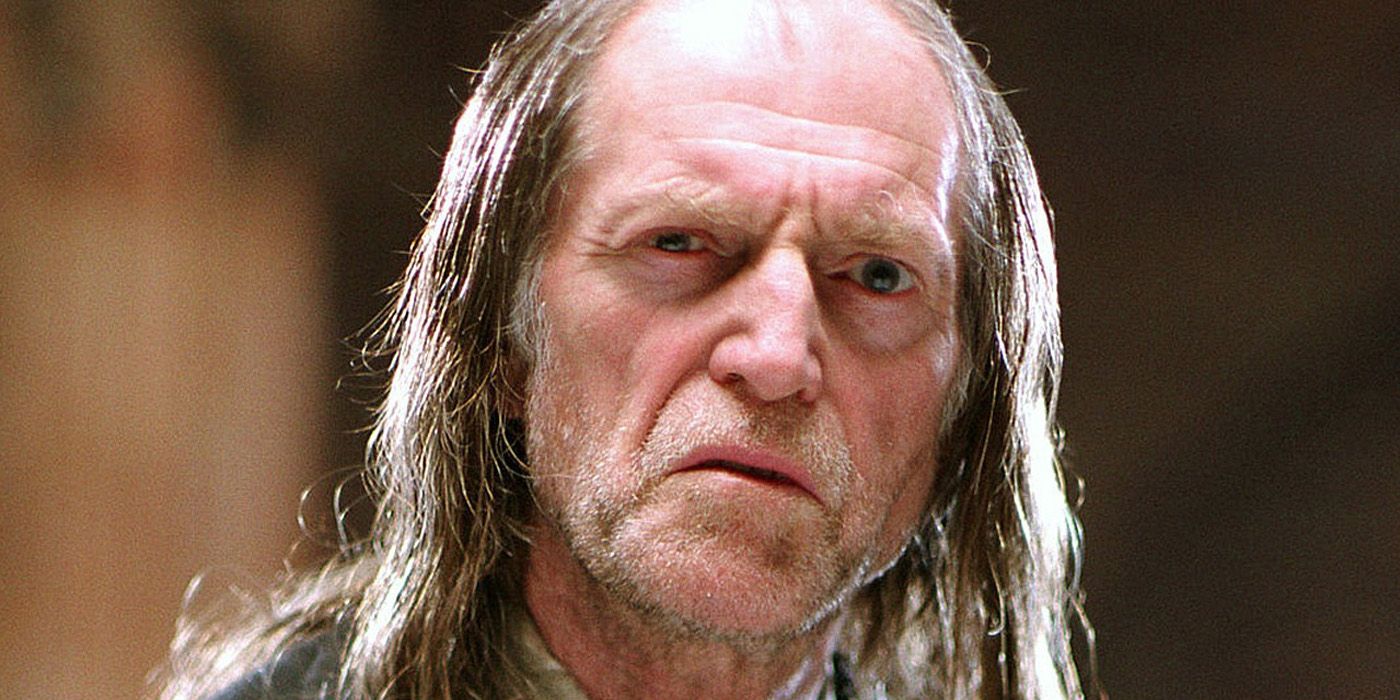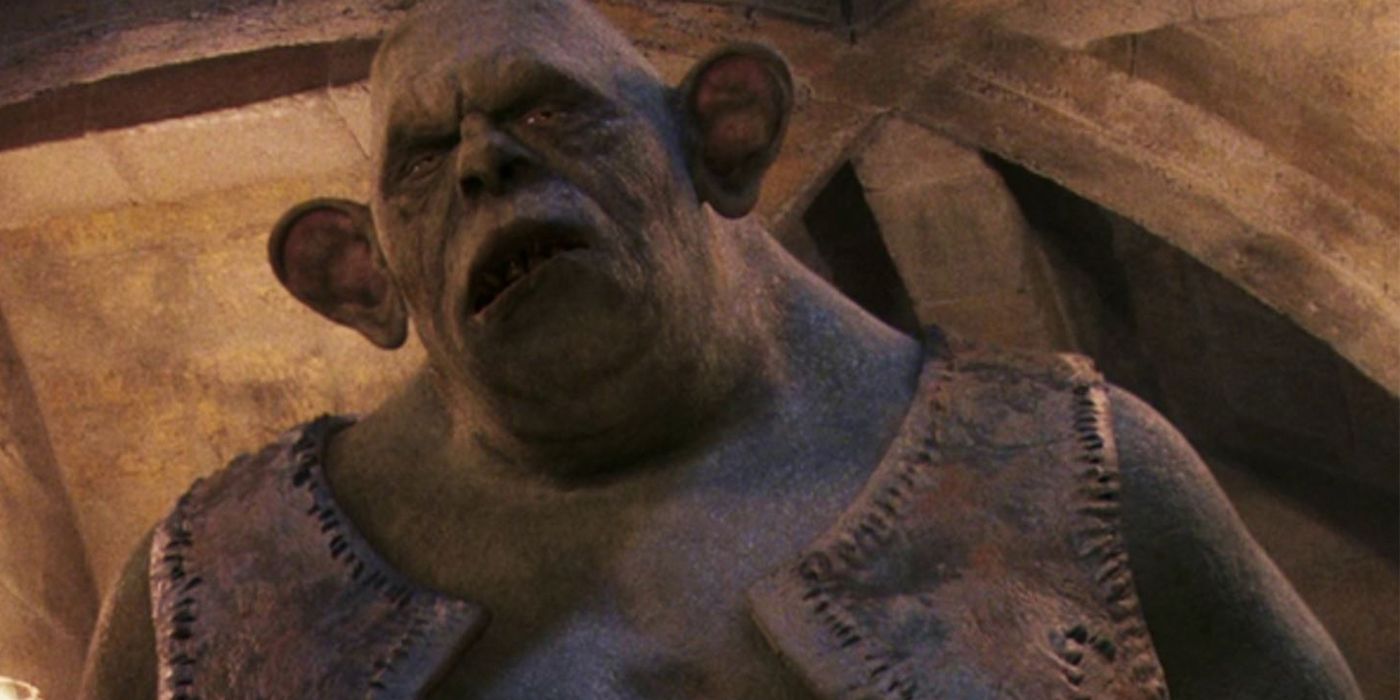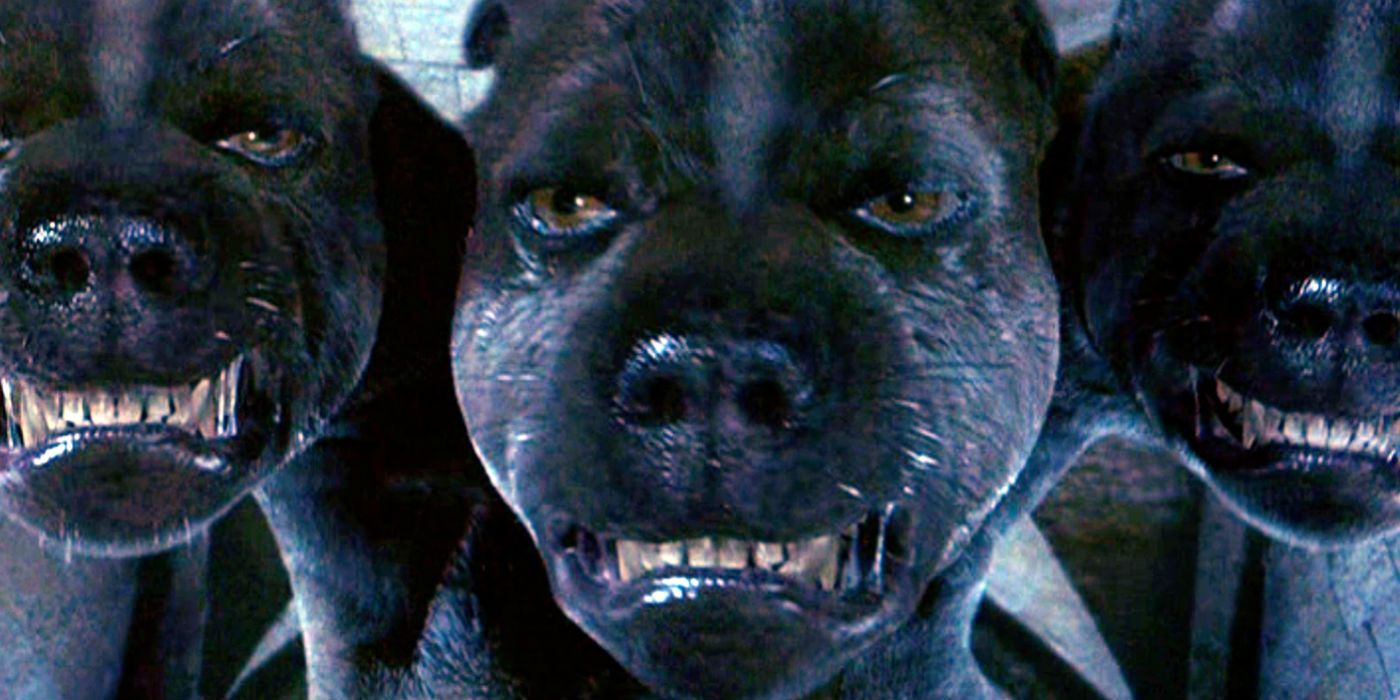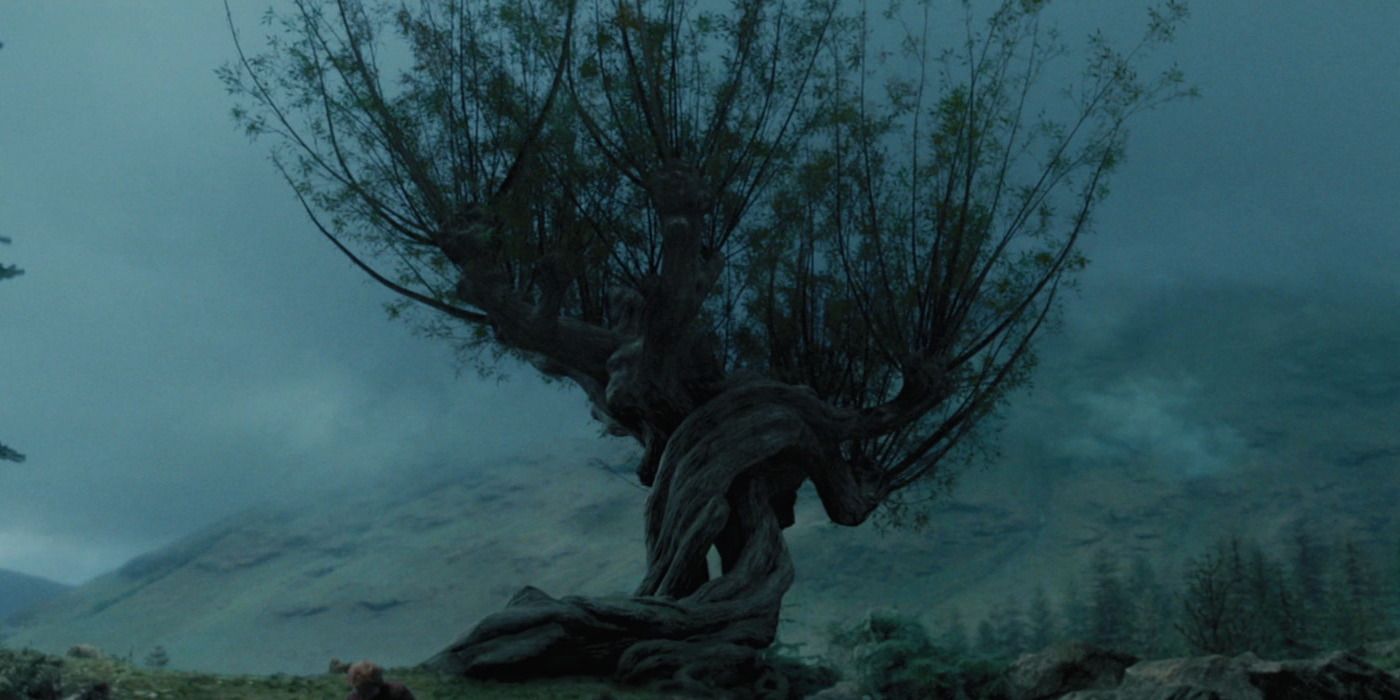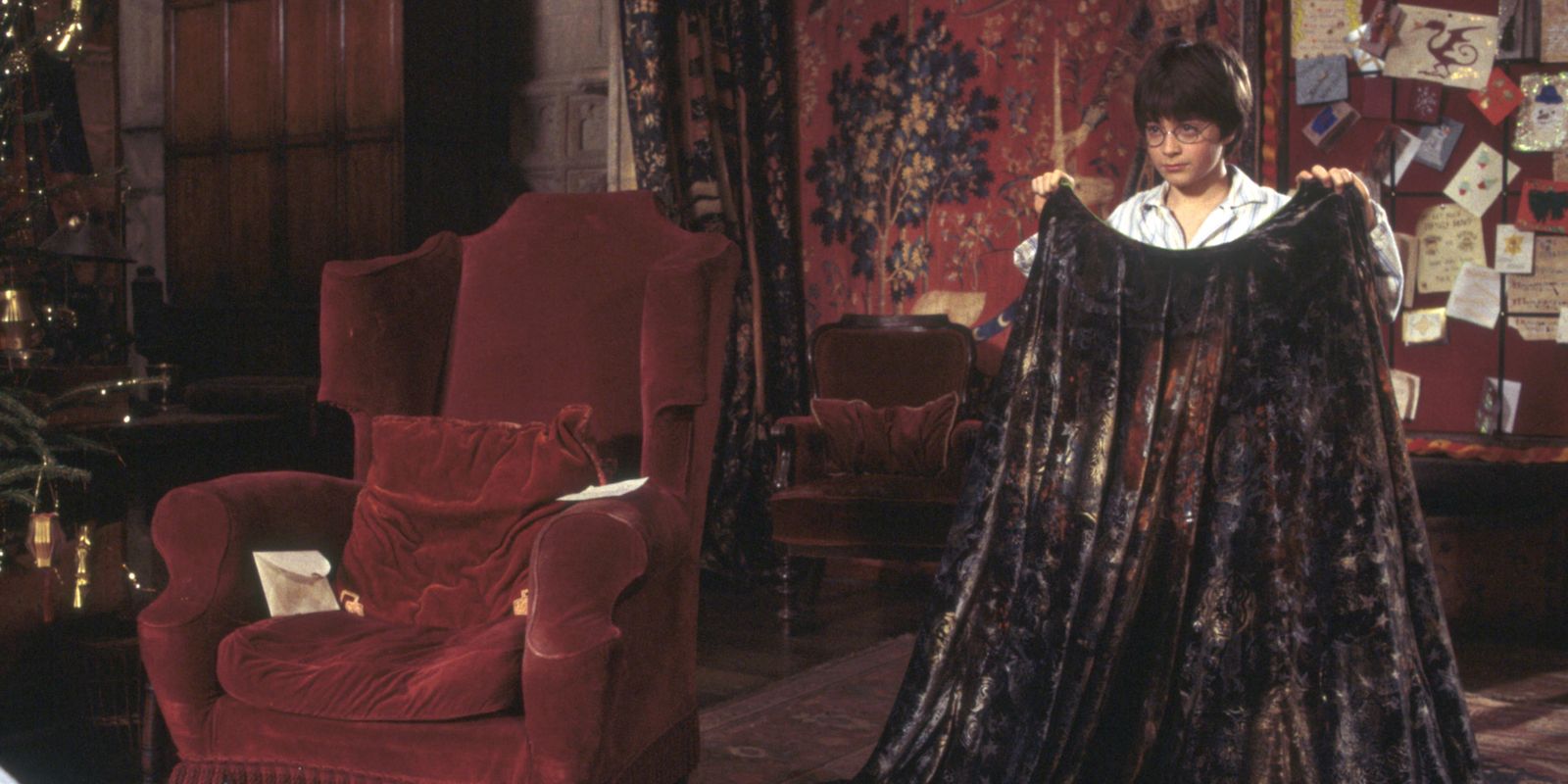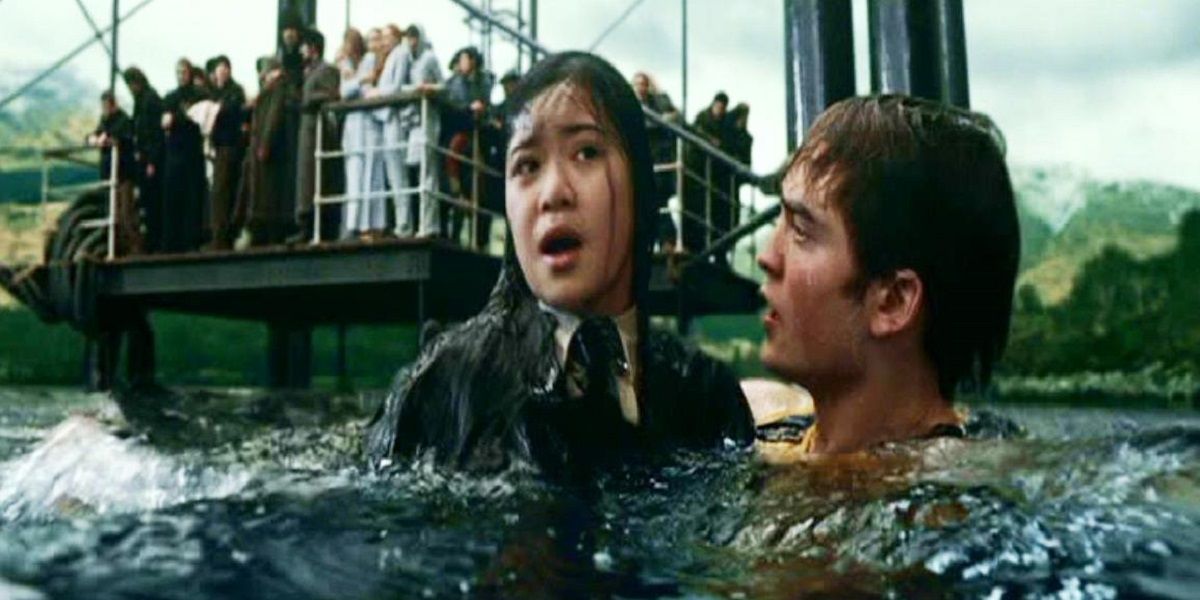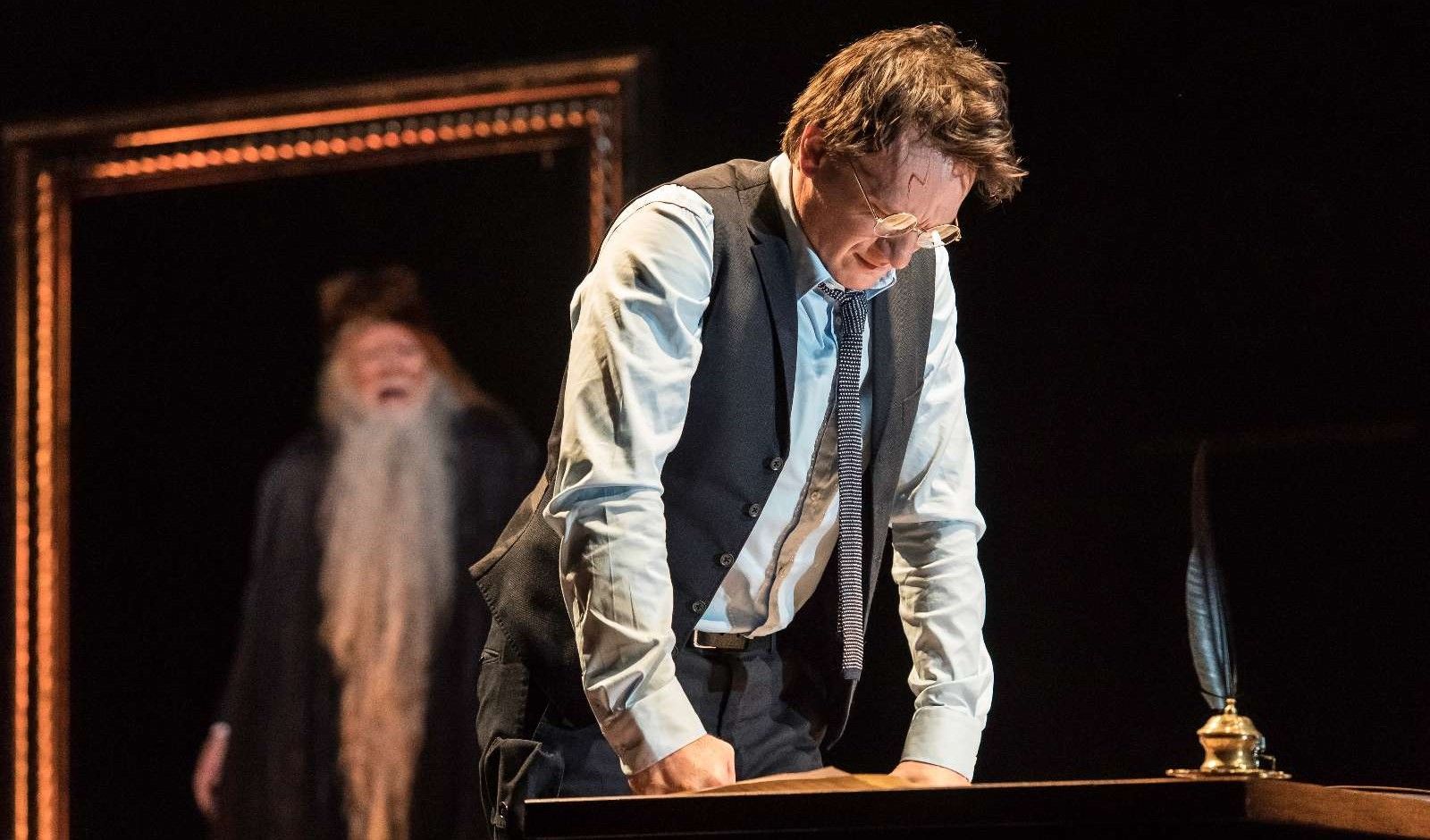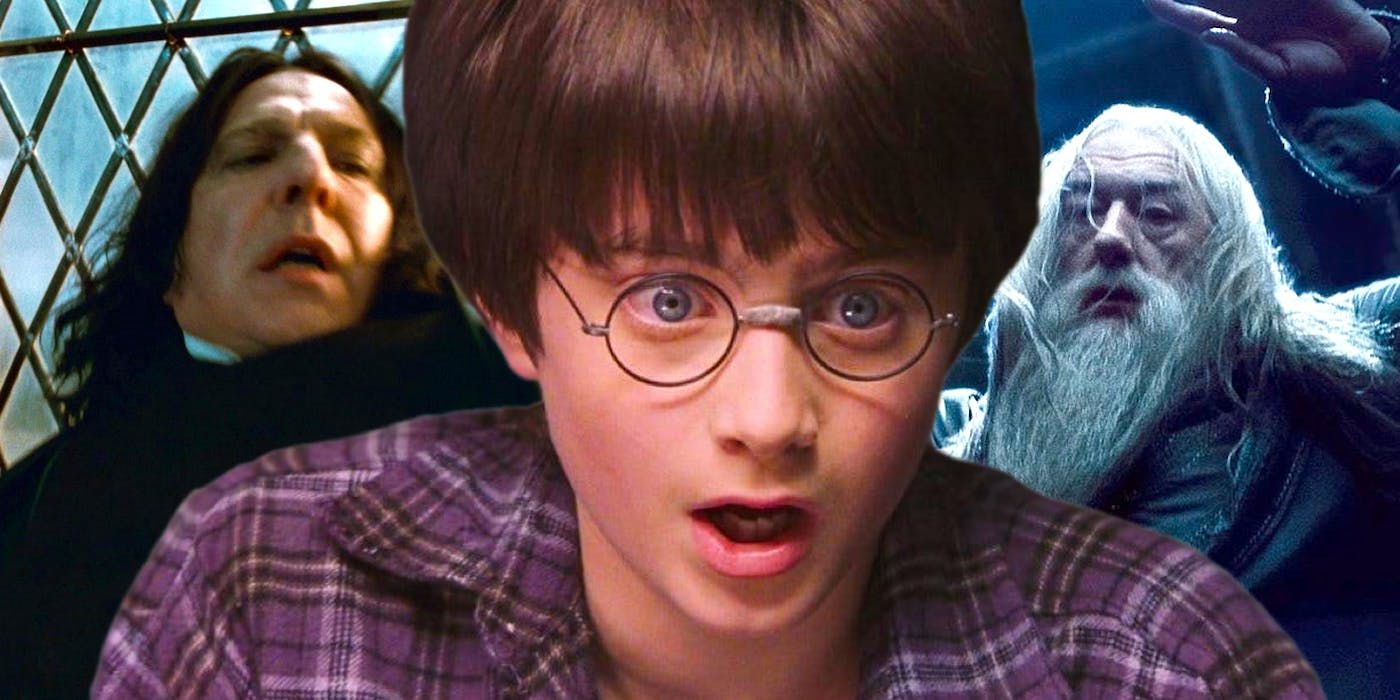Many of us who grew up reading J.K. Rowling’s Harry Potter fantasy series will recall our first childhood impression of Professor Albus Percival Wulfric Brian Dumbledore, Transfiguration Professor and Headmaster of Hogwarts School of Witchcraft and Wizardry, as an infallible, all-wise, all-knowing genius.
Our first impression of the fictional character as young fans contrasted with our second impression of him when we read the series again years later as older and more mature fans and came to notice the flaws in his personality we had missed as younger and less experienced readers.
Yet, our realization, as older and more experienced readers, that our childhood hero was not exactly a perfect man -- despite his extraordinary powers -- but an ordinary and flawed person like the rest of us, did not end our admiration and reverence of his personality. Despite what now seems to us to be human flaws, Dumbledore's achievements are awe-inspiring. He founded the Order of the Phoenix, served as the Supreme Mugwump of the International Confederation of Wizards, and Chief Warlock of the Wizengamot. He secured the Elder Wand and dedicated his life to defeating the most powerful villains ever in the world of wizardry -- his former childhood friend, Gellert Grindelwald, and his former student, Tom Riddle, later known as Lord Voldemort.
It is in the light of our continuing admiration of Albus Dumbledore despite his flaws that we examine the Harry Potter series and list 15 Things About Dumbledore That Make No Sense.
Dumbledore Perpetuated Stereotyping Of Students
Dumbledore continued the centuries-old tradition of sorting students into houses which promoted unhealthy rivalry and division at Hogwarts. The children were separated into the houses by the Sorting Hat based on their supposed personality traits.
Students with the positive traits of courage, selflessness, and determination, were sorted to Gryffindor, while Slytherin received students possessing supposedly darker traits, such as shrewdness, cunning, ambition, and concern about self-preservation.
It was a a polite way of describing them as lacking in altruism and exhibiting higher levels of selfishness. The smart kids were sorted to Ravenclaw, while the less gifted ones with stolid and plodding personalities were sorted to Hufflepuff under the cover of polite euphemisms such as patience, loyalty and hard work.
Slytherin’s historical association with the Adolf Hitler of the wizarding world, Salazar Slytherin, and the house's reputation for producing dark witches and wizards, led to the stigmatization of the Slytherins.
Three 11-Year-Old First-Year Students Got Past The Protection He Set Up
Dumbledore transferred the Philosopher's Stone from Gringotts Wizarding Bank to Hogwarts School of Witchcraft and Wizardry because he feared for its safety after Quirinus Quirrell broke into a vault at Gringotts and tried to steal the stone.
At Hogwarts, Dumbledore set up seven enchantments and creatures, contributed by the professors at Hogwarts, to prevent the evil wizard Lord Voldemort from taking the stone. However, three 11-year-old first-year students at Hogwarts, Harry Potter, Hermione Granger, and Ronald Weasley, were able to get through the seven obstacles that were meant to stop Voldemort, one of the world's most powerful wizards.
The fact that three 11-year-old first-year students could get past the protection set up for the Philosopher's Stone by a team made up of their Headmaster and professors raises serious questions about the competence and wizarding skills of Dumbledore and the entire Hogwarts staff.
Dumbledore Knew Snape Was Maltreating His Students
Dumbledore knew that Professor Severus Snape, Potions Master at Hogwarts, was abusive towards his students, especially Harry Potter, Hermione Granger, and Neville Longbottom, but did nothing about it. Snape bullied Harry and treated Neville cruelly. He was also abusive towards Hermione. He made fun of her buck teeth and humiliated her in front of other teachers.
He always favored the Slytherins and mistreated the Gryffindors.
However, some fans argued that Dumbledore allowed Snape to bully the children because he wanted to toughen them up. Others pointed out that Snape's behavior was not unusual among the teachers at Hogwarts. Rebeus Hagrid, for instance, bullied Draco Malfoy and allowed the entire class to join in. Minerva McGonagall also physically abused Draco. But many other fans rejected the argument, saying there was no reasonable justification for allowing Snape to get away with his behavior.
His Blatant Favoritism To Harry And Gryffindor
Dumbledore blatantly abused his power as Headmaster of Hogwarts by showing undisguised favoritism towards Harry Potter, his friends, and the Gryffindors. He arbitrarily awarded Gryffindor House points to make them win the House Cup in 1992 after Harry and his friends' heroism in Harry Potter and the Chamber of Secrets.
Many fans accused Dumbledore of humiliating the Slytherins who won the House Cup fair and square by waiting until they were celebrating their victory before announcing his arbitrary decision to award the Gryffindors extra points. He also showed favoritism to Harry Potter and his friends on several other occasions, such as when he allowed them to use the Time-Turner to rescue Buckbeak and Sirius Black.
However, some fans argued that Dumbledore deliberately treated Harry Potter nicely because he knew he was going to have unpleasant experiences when he faced the evil Lord Voldemort.
He Endangered His Students' Lives By Sending Them To The Forbidden Forest As Punishment
Dumbledore recklessly endangered the lives of the young children entrusted to his care by sending them into the forest as punishment despite having warned them to stay away from the forest because it contained dangerous magical creatures. When Harry, Hermione, Neville and Draco disobeyed school rules, Dumbledore broke his own rule that the forest was off limits by sending them to the dangerous Dark Forest at night to help Hagrid, the Care of Magical Creatures professor, track down a unicorn.
He sent them to the forest despite knowing the dangers.
The children had scary encounters in the forest. Harry Potter had an encounter with Lord Voldemort. Voldemort might have taken out Harry, but only knocked him unconscious. When Harry Potter regained consciousness, he was rescued by Firenze the Centaur.
He Knew That A Chamber Harboring A Beast Existed At Hogwarts
Dumbledore knew for five decades that a Chamber of Secrets harboring a dangerous beast, the giant Basilisk serpent, one of the deadliest known beasts, existed in Hogwarts Castle. However, there is no evidence in Harry Potter and Chamber of Secrets that he tried to find the entrance to the chamber until Harry Potter arrived at Hogwarts and performed the heroic act.
Tom Riddle (Lord Voldemort) had opened the chamber in 1943 and used the Basilisk to kill Myrtle Warren.
Although it is understood that Dumbledore faced obstacles, there were many things he could have done to try to locate the chamber and kill the Basilisk. He could have tried to interview Myrtle or learn the Parseltongue command to open the entrance to the chamber like Ron Weasley did when he imitated Harry in Deathly Hallows. He also could have recruited Harry Potter, who was a Parselmouth.
His Decision To Hire Gilderoy Lockhart
Dumbledore hired Gilderoy Lockhart as Defense Against the Dark Arts (DADA) professor after Quirrell died. That fact that Lockhart was incompetent, a fraud, and a charlatan was clear to all the other professors and his 12-year-old students, but Dumbledore hired him despite knowing he was a fraud. Why Dumbledore made the decision remains a subject of fierce debate among Potterheads. But no excuse invented so far makes sense because the decision compromised Hogwarts' responsibility as the world’s most prestigious school of wizardry to provide students with the best training possible.
The fact that nobody wanted the job due to rumors that Voldemort had cursed the position did not justify hiring Lockhart.
Rowling's announcement on Pottermore that Dumbledore knew Lockhart was a fraud but hired him in order to expose him only begs the question of why a reputable school hired an unqualified and fraudulent person as professor.
Fans Have Questioned Dumbledore's Decision To Hire Filch As Hogwarts Caretaker
Many fans have raised questions about Dumbledore's decision to hire Argus Filch, a non-magical Squib, as caretaker of Hogwarts Castle. A rheumatic, hunchbacked old man with knobbly fingers, who often caught flu, and shuffled and wheezed when he walked, was clearly not the best person to entrust with the arduous responsibilities of cleaning and maintaining a sprawling magical structure with more than a hundred staircases, towers, turrets and dungeons.
Witches and wizards normally keep magical house elves to take care of their properties. Hogwarts, in particular, would be impossible to maintain without the help of magic. Yet Dumbledore hired an old Squib with no magical powers.
Filch was clearly aware of the fact that he was ill-equipped for his job. He tried to upgrade his skills by taking a course in Kwikspell. However, the effort proved futile because he could not learn magic, being a Squib.
He Tried To Protect The Slytherins From A Troll In The Dungeons... By Sending Them To The Dungeons
After Professor Quirrell, the Defense Against the Dark Arts (DADA) professor, announced there was a troll in the Hogwarts Castle dungeons, Dumbledore placed the school under a lockdown and instructed the prefects to escort the students back to their dormitories for their own safety. However, Dumbledore appeared to have overlooked the fact that the Slytherin and Hufflepuff dormitories were located down in the Hogwarts Castle dungeons.
This meant that Dumbledore tried to protect the Slytherins and Hufflepuffs from the troll in the dungeons by sending them to the dungeons.
This, of course, makes no sense. He should have let the students stay in the hall and guard the entrances until the dungeons were safe for them to return to. The incident led some to repeat previous accusations against Dumbledore that he was biased against the Slytherins.
Dumbledore Kept A Vicious Three-Headed Monster Dog At Hogwarts
A Headmaster's first responsibility is the safety of his students. Yet Dumbledore kept a vicious and gigantic three-headed dog at Hogwarts because he wanted to use it to guard the Philosopher's Stone. Regardless of the excuse that the three-headed dog was needed to guard the Philosopher's Stone, the premises of a school for young children was not the right place to keep a dangerous beast like Fluffy.
Although Dumbledore warned the children that the third floor of the castle was out of bounds, three 11-year-old Hogwarts students, Harry Potter, Hermione Granger, and Ron Weasley, entered the room and were exposed to danger. Dumbledore should have realized that his warning might arouse the curiosity of some of the more adventurous children at Hogwarts who might decide to go and have a look at the forbidden room.
He Endangered His Students By Planting A Tree That Beats Up People
It wasn't only in the Hogwarts Castle that Dumbledore allowed dangerous creatures, such as Salazar Slytherin’s gigantic killer Basilisk snake that lived for decades in the Chamber of Secrets and Hagrid’s vicious three-headed dog, Fluffy, borrowed to guard the precious Philosopher’s Stone but which posed a grave threat to his the safety of his students. The Hogwarts grounds were also filled with unpredictable dangers and hazards for Dumbledore’s young students.
One grave danger to the children at Hogwarts was the Whomping Willow, a magical plant which violently attacked anyone that approached it and beat them up thoroughly.
Dumbledore had the Whomping Willow planted on the grounds of the school in 1971, exposing his students to the danger of being attacked by a potentially homicidal magical plant.
He Gave 11-Year-old Harry The Cloak Of Invisibility
Dumbledore gave the Cloak of Invisibility to Harry Potter during his first year at Hogwarts. The cloak was one of the three Deathly Hallows given by Death to the 13th century wizard, Ignotus Peverell. The cloak eventually came into the possession of Harry's father, James. Dumbledore borrowed it from James just before he died.
The cloak remained in Dumbledore's possession after James died and the old wizard decided to give it to Harry as a Christmas gift.
Many fans criticized Dumbledore for giving such a powerful magical item to an 11-year-old child and remarked that it was lucky it did not occur to Harry Potter to use the magical cloak for more serious mischief than sneaking into the school library. Some fans suggested that if he had been a few years older, he might have used it to sneak into the girls' locker room.
Allowing The Triwizard Tournament To Continue
The Triwizard Tournament, held every five years, involved students from top wizarding schools, such as Hogwarts, Beauxbatons and Durmstrang. The tournament, first held in the 13th century, involved dangerous competitive events, such as battling fierce dragons. The tournament exposed the young students to mortal dangers and it was suspended in 1792 after several deaths and injuries.
Dumbledore's support for the revival of the tradition in 1994 raises questions about his concern for the safety of his students.
It did not make sense that the parents of the youngsters whose lives were in danger failed to protest against the tournament being held. It also did not make sense that Dumbledore, who insisted on sending permission slips to parents before students could go on a safe trip to Hogsmeade, thought it was right to allow the children to participate in the dangerous tournament without their parents' written consent.
The Mystery Of Dumbledore's Portrait Persists
Potterheads struggled with questions about the status of Dumbledore's portrait after reading its conversations with Harry Potter in Deathly Hallows and Cursed Child. The scenes in which the portrait appeared to express feelings and thoughts sparked a debate among fans that forced J.K. Rowling to attempt a clarification.
She explained on Pottermore that portraits were only models of human personalities and not sentient beings with memories, knowledge, feelings and self-awareness. Yet many Potterheads found the idea confusing after reading the conversation between Dumbledore's portrait and Harry Potter in Cursed Child.
The comments by Dumbledore's portrait suggested it was more than just a model of Dumbledore. It appeared to be sentient and self-aware although it wasn't clear that one could conclude that the old wizard had managed to survive death through his portrait.
Dumbledore's Mentoring Relationship With Harry Often Appeared Exploitative
Fans have often expressed concern about the way that Dumbledore played his role of mentor for Harry Potter. Some aspects of his relationship and conduct towards Harry seemed disturbingly exploitative and abusive. On many occasions, Dumbledore appeared less concerned about Harry's personal welfare than keeping him alive to fulfill the prophecy of defeating Voldemort and possibly dying in the process. Snape expressed the feelings of many Harry Potter fans when he accused Dumbledore of raising Harry up like a "pig for slaughter."
Dumbledore often treated Harry Potter like his personal tool or weapon, sending him off on dangerous missions against one of the most powerful and evil wizards alive.
While some fans have tried to excuse Dumbledore's treatment of Harry by arguing that he knew Harry would survive, the fact is that Dumbledore's fatalistic attitude, due to his conviction that Harry had a predetermined future, exposed Harry to abusive and exploitative treatment.
--
Can you think of other things about Albus Dumbledore that make no sense? Share with us in the comments section below.

